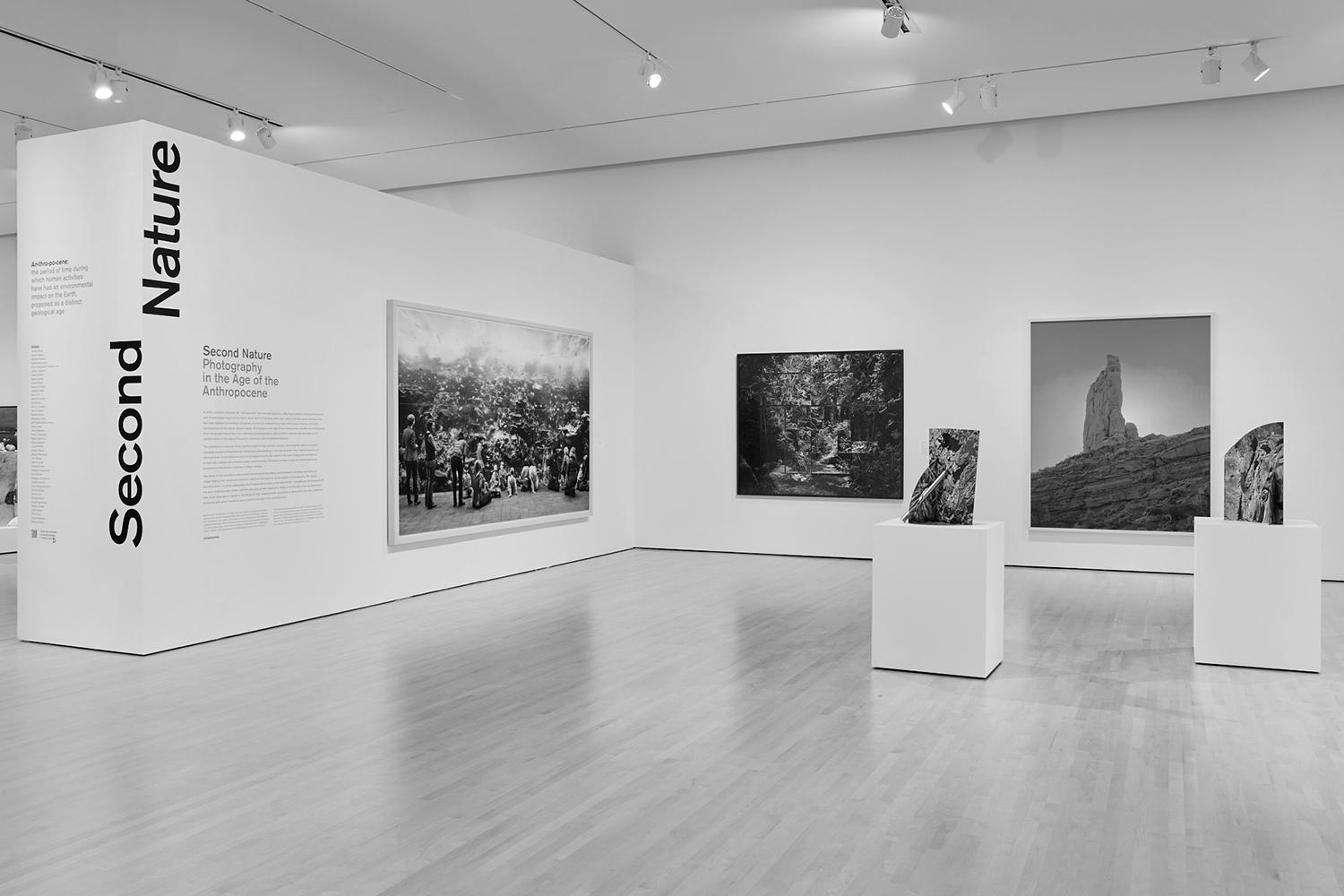Second Nature: Photography in the Age of the Anthropocene at the Cantor Arts Center is the first major exhibition of contemporary photography to examine our current era through the framing of the Anthropocene – a period defined by human impact on the global climate significant enough to signify the dawn of a new geologic and historic age.
On view through Aug. 3, this expansive, global exhibition brings together the work of 44 artists from around the world working in a wide range of photography-based practices to explore the profound environmental, social, and political upheaval of our transformative age. Together, their work challenges how we understand the changing world around us.
“Broad in scope and ambitious in vision, Second Nature brings together a global cohort of artists whose diverse practices contribute invaluable depth and nuance to our understanding of the world we share,” said Veronica Roberts, the John and Jill Freidenrich Director of the Cantor. “It coincides with the third academic year since the founding of Stanford’s Doerr School of Sustainability in 2022, which is dedicated to advancing the study of the global climate crisis. We believe that the insights offered by this exhibition will play a crucial role in energizing cross-departmental conversations, expanding knowledge, and inspiring meaningful actions for the sustainability of our shared future.”
Coined by scientists just over 20 years ago, the term “Anthropocene” proposes a new geo-historical epoch marked by humanity’s profound impact on the planet’s climate. Though not yet formally recognized by official scientific governing bodies, it has entered the common lexicon, resonating across disciplinary boundaries, including sociology, economics, philosophy, and more, to connect the concept to nearly every aspect of contemporary life.
Organized into four thematic sections, Second Nature presents a far-reaching exploration of a world reshaped by human influence. The exhibit includes a diverse selection of photographic works created since 2000, spanning digital and analog photography, mixed media, abstract, and conceptual art. Each artist contributes to a nuanced visual narrative that interrogates the Anthropocene.
We believe that the insights offered by this exhibition will play a crucial role in energizing cross-departmental conversations, expanding knowledge, and inspiring meaningful actions for the sustainability of our shared future.”
Veronica RobertsJohn and Jill Freidenrich Director of the Cantor
While the Anthropocene is often reduced to a discussion of climate alone, Second Nature expands the conversation to include political, economic, and ecological dimensions. Rather than offering a single story, it invites viewers to consider the interconnectedness of human and non-human systems, encouraging reflection and deeper engagement.
“It’s been an incredible opportunity to bring this exhibition to Stanford and to recontextualize these global issues within our local and regional histories,” said Maggie Dethloff, assistant curator of photography and new media at the Cantor and the museum’s presenting curator of this traveling exhibition. “Being able to point to research happening right now on Stanford’s campus has enriched my tours of the exhibition, allowing me to highlight how important it is to bring science, technology, art, and the humanities together to address the most urgent issues of our time.”
Second Nature is co-organized by the Nasher Museum of Art at Duke University, Durham, North Carolina, and the deCordova Sculpture Park and Museum, The Trustees of Reservations, Lincoln, Massachusetts. The exhibition is co-curated by Jessica May, executive director of the Kemper Museum of Contemporary Art, and Marshall N. Price, chief curator and Nancy A. Nasher and David J. Haemisegger Curator of Modern and Contemporary Art of the Nasher Museum of Art at Duke University.
After its presentation at the Cantor, the exhibition will travel to the Anchorage Museum, Anchorage, Alaska, before concluding its run at the Kemper Museum of Contemporary Art, Kansas City, Missouri.
A companion catalog edited by curators May and Price features 11 interdisciplinary essays that broaden the reach of Second Nature and advocate for intersectional, multifaceted approaches to understanding the Anthropocene.
On April 24, artist Todd Gray will deliver the 2025 Ruth K. Franklin Lecture on the Arts of Africa, Oceania, and the Americas in conjunction with the presentation of his work in the exhibition.
“Stanford University, officially Leland Stanford Junior University, is a private research university in Stanford, California. The campus occupies 8,180 acres, among the largest in the United States, and enrols over 17,000 students.”
Please visit the firm link to site






